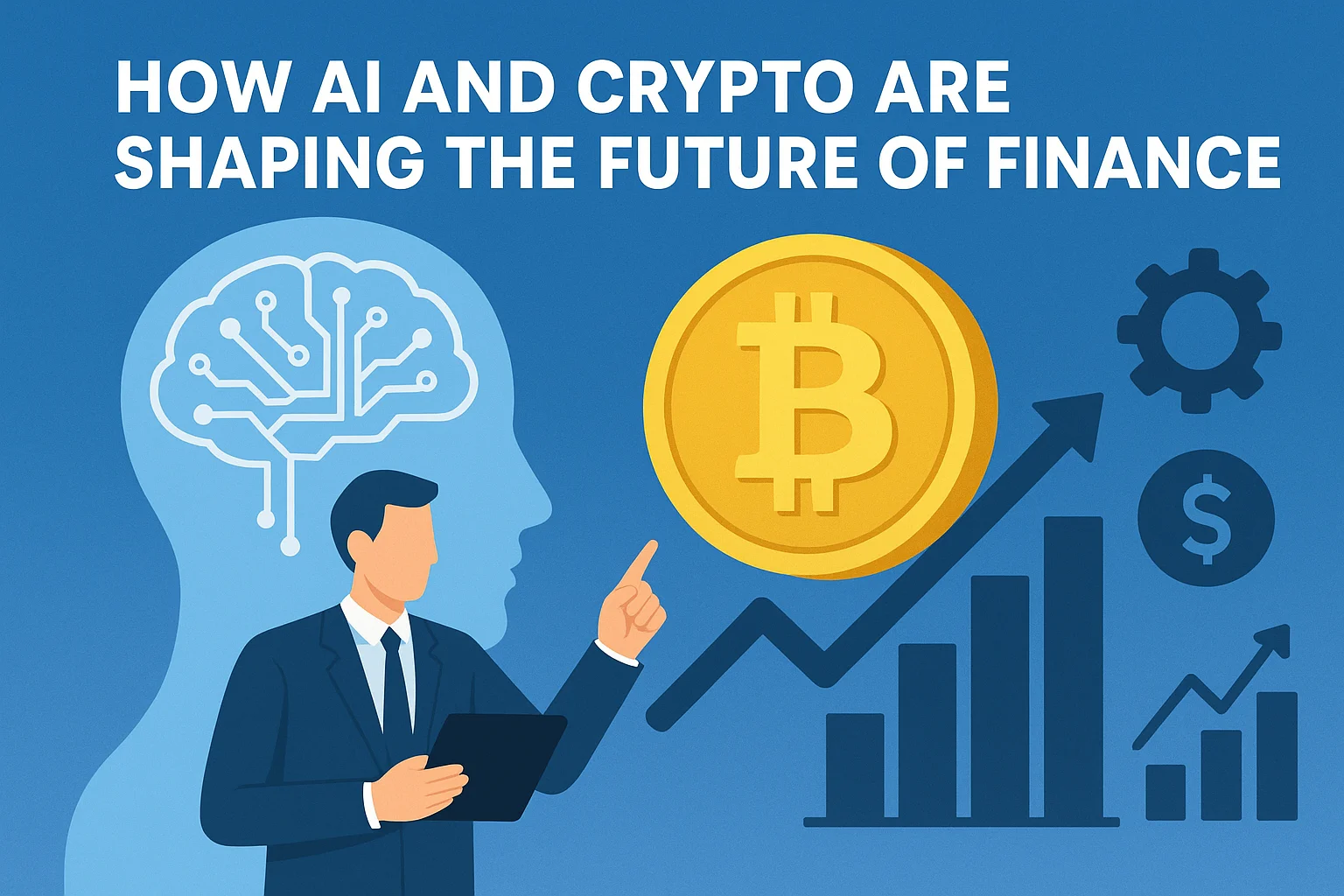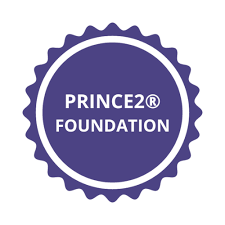How AI and Crypto Are Shaping the Future of Finance

The financial landscape is undergoing a profound transformation, driven by two technological forces that are changing the way we think about money, investments, and transactions: Artificial Intelligence (AI) and Cryptocurrency. These technologies, often discussed in isolation, are beginning to intersect in ways that promise to reshape the future of finance in ways we are only beginning to understand.
The Rise of Artificial Intelligence in Finance
AI has already made significant inroads into the world of finance, with applications spanning from algorithmic trading to customer service. But the true potential of AI is only just beginning to be realized. In the financial sector, AI is playing a critical role in:
-
Predictive Analytics: AI algorithms can analyze vast amounts of historical and real-time financial data to make predictions about market movements, trends, and asset performance. This allows investors to make more informed decisions, manage risks, and maximize returns. AI-powered systems can assess patterns in data that humans might miss, making them invaluable tools for traders and portfolio managers.
-
Fraud Detection and Security: One of the most promising uses of AI is in the detection of fraud. Machine learning models can identify unusual patterns of behavior that might indicate fraudulent activity. These models are constantly learning and adapting, becoming more efficient at recognizing potential threats. In a world where cybercrime is a growing concern, AI is helping financial institutions bolster their security measures and protect consumers.
-
Personalized Financial Services: Banks and fintech companies are leveraging AI to offer highly personalized financial services. AI-powered chatbots, for instance, provide customers with tailored advice, answer questions in real-time, and help users manage their accounts. Beyond chatbots, AI is also used to recommend investment portfolios, suggest savings strategies, and even optimize credit scoring models to offer more equitable financial products.
-
Risk Management and Compliance: With stringent regulations governing the financial industry, staying compliant can be complex and resource-intensive. AI can automate and streamline compliance processes, helping companies meet regulatory requirements efficiently. By automating risk assessments, AI can also help financial institutions identify vulnerabilities in their operations and mitigate risks before they escalate.
Cryptocurrency: The New Financial Frontier
While AI is revolutionizing how financial institutions operate internally, cryptocurrency is changing the very foundation of the financial system. Cryptocurrencies, like Bitcoin and Ethereum, are decentralized digital assets that use blockchain technology to ensure secure, transparent, and tamper-proof transactions. Here’s how crypto is making waves in finance:
-
Decentralization and Financial Inclusion: One of the most significant advantages of cryptocurrencies is their ability to provide financial services to people who are underserved or excluded from the traditional banking system. With crypto, individuals can store and transfer value without needing a bank account, opening the door to financial inclusion for millions of people around the world. This decentralization also reduces the power of intermediaries like banks, lowering transaction costs and increasing accessibility.
-
Smart Contracts and Decentralized Finance (DeFi): One of the most exciting innovations enabled by cryptocurrencies is smart contracts. These are self-executing contracts with the terms of the agreement directly written into code. Smart contracts enable Decentralized Finance (DeFi) platforms, which offer financial services like lending, borrowing, and trading without the need for traditional banks. DeFi is growing rapidly, with billions of dollars locked in DeFi protocols, showcasing the potential for a financial system built entirely on blockchain.
-
Tokenization of Assets: Cryptocurrencies also enable the tokenization of real-world assets, including real estate, stocks, and even art. Tokenization allows these assets to be traded in fractional pieces on the blockchain, making them more accessible to a broader range of investors. For example, rather than needing significant capital to buy an entire property, you can invest in a fraction of it using cryptocurrency tokens. This creates new investment opportunities and liquidity in markets that have traditionally been illiquid.
-
Global Transactions and Reduced Fees: Cryptocurrencies enable fast, cross-border transactions without the need for intermediaries like banks or payment processors. With blockchain technology, transactions can occur 24/7 and typically come with lower fees than traditional financial systems. This is particularly valuable for international remittances, where users can send money across borders without paying exorbitant fees or waiting for days for the transaction to process.
The Intersection of AI and Crypto: A Game-Changer for Finance
While AI and cryptocurrency each hold transformative power, their convergence is what truly sets the stage for a revolution in finance. Here’s how these two technologies are working together to create new opportunities:
-
AI-Driven Crypto Trading and Investment: AI is being used to improve cryptocurrency trading by analyzing market data, detecting trends, and executing trades based on real-time analysis. With the volatility of crypto markets, AI-driven trading algorithms can help investors make faster, more accurate decisions. Furthermore, AI can assist in managing risk and optimizing portfolio allocation in crypto assets, making it easier for both retail and institutional investors to navigate this new asset class.
-
AI-Powered Blockchain Analytics: As the blockchain grows, so does the need for robust analytics. AI is being used to analyze blockchain data to track and trace transactions, identify patterns, and assess the health of blockchain networks. This is crucial for the development of more secure and efficient blockchain ecosystems. For example, AI can be used to detect vulnerabilities in smart contract code or identify fraudulent transactions on a blockchain.
-
Improved Decentralized Autonomous Organizations (DAOs): DAOs are organizations that operate autonomously using smart contracts and blockchain technology. AI can enhance DAOs by improving decision-making processes, allowing these decentralized entities to analyze more data and optimize their actions without relying on human intervention. This could lead to more efficient and autonomous financial systems.
Conclusion
AI and cryptocurrency are not just buzzwords; they are technologies that are actively transforming the financial world. AI is enabling smarter, more efficient financial systems, while crypto is decentralizing and democratizing access to financial services. Together, these technologies promise to create a more transparent, inclusive, and efficient financial system that is better suited to the needs of the 21st century.
As we move forward, the integration of AI and crypto will likely continue to evolve, opening up even more opportunities for innovation. Whether it’s through improved security, more personalized services, or more accessible investment opportunities, the future of finance is being written in code, powered by AI and blockchain technology.
In this article, we explore how AI and crypto are converging to create innovative solutions, solve longstanding financial problems, and pave the way for a more efficient, decentralized, and transparent financial system. A key aspect of this transformation is the supply cap in cryptocurrencies, which introduces scarcity and helps to protect against inflation, providing a more stable and predictable alternative to traditional financial models.








